Pressing On
With the Commodore 264 line being an utter failure, a new computer was top priority. The VIC-20 was discontinued recently,
leaving the 64 as the only machine the company was producing. It was going to need a successor before it really ages, too. And
with Jack Tramiel turning against Commodore during development of the 264 line and joining Atari, developing a new computer was
going to be a challenge. Not only that, the top part of management is nonexistent now, meaning that knowing whether certain
ideas will work won't be as easy to work out.
Power Couple
It's important to note the 128 used two CPUs, a MOS 8502 and a Zilog Z80A. The 8502 allows for 80-column mode on a monitor with
RGBI output while the Z80 ran CP/M mode, which we'll discuss shortly.
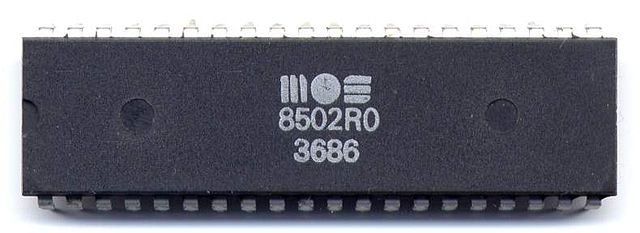
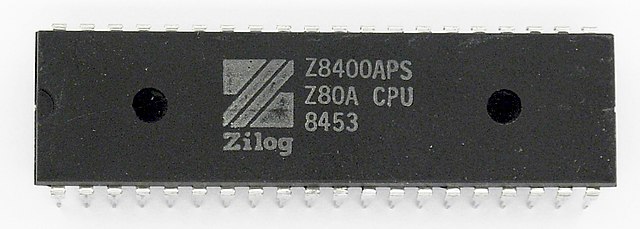
Multiple Personality
Another big feature of the 128 was the capability to operate in three different modes. Of course there's 128 mode, which gives
the user access to the majority of the RAM at 2 MhZ processing speed. It allowed the use of the brilliant RGBI display mode,
using double the native resolution (thanks to the Z80 chip) albeit still 16 colors. The second is the 64 mode, a hallmark in
guaranteeing diehard 64 users they can use any and all 64 software on the 128. Switching to this mode pretty much turns the
computer into a 64, even disabling the keypad and all keyboard keys used by either of the other modes. The last mode is CP/M,
meaning Control Program Monitor, an operating system that was invented in 1974 which was sort of like MS-DOS.
The Successful Failure
Overall, the Commodore 128 was a mix between a success and a failure in the marketplace. It was an excellent affordable upgrade
for 64 users that don't want to abandon their large backlog of software from the earlier computer. The extra modes provided a
versatile suite for users that want to stick with the same machine for several years to come. Including CP/M on the 128 allowed
Commodore to make a comeback in the business market where they failed with the Plus/4 line.
However, its success was restrained by a bunch of different factors. First was the cruel irony that the Commodore 64 was still
highly popular. By the time the 128 came out, the 64's price was down to $149, and the still-high demand and sales cut into the
potential and actual sales of the 128, citing its predecessor's ease of use. Second, users that bought the 128 tended not to use
its exclusive features, citing the 64 mode fulfilled their needs. Third, there was hardly any software written specifically for
the 128 and used its features to the highest potential. Again, any 128 users that had 64-exclusive software just used 64 mode.
The 8-Bit Swansong
The Commodore 128 was discontinued in 1989, with somewhere between 2,500,000 and 4,000,000 units sold. Its $300 price was very
reasonable when you compare its specs and features with other competing machines, except for the 64.
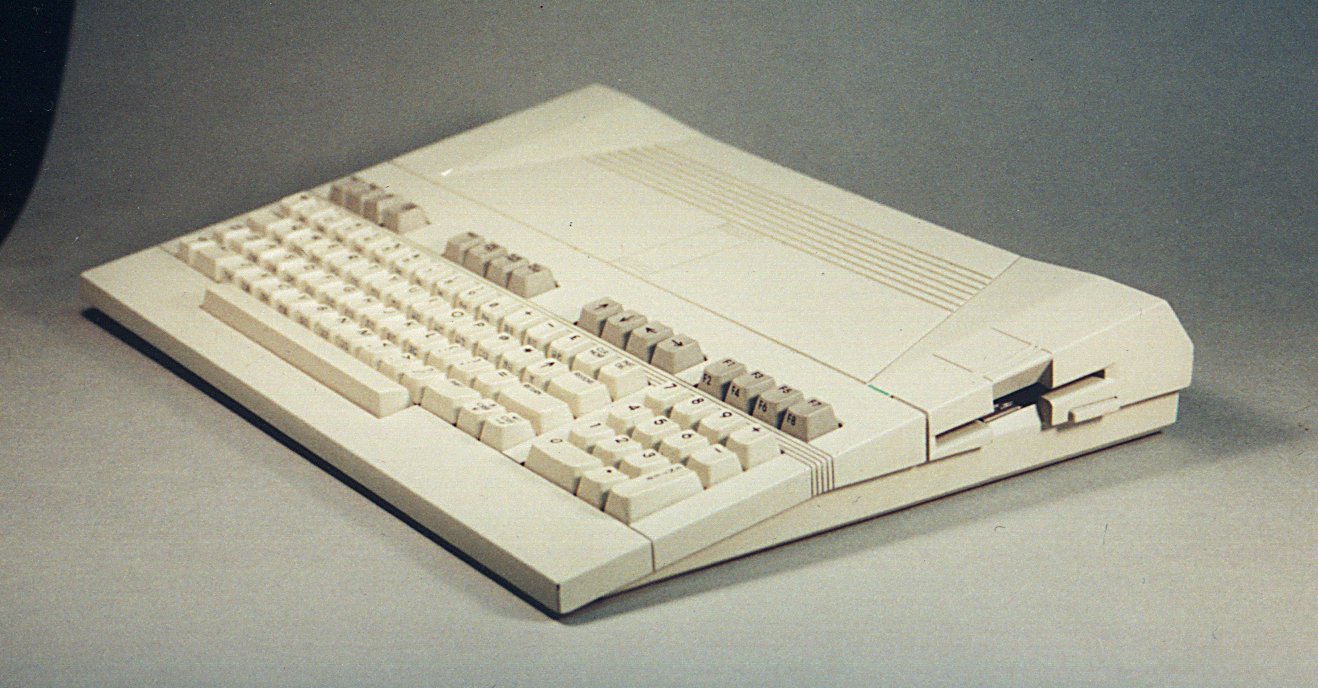
There were actually THREE prototype models for this computer. A 3.5" disk drive was built into each one,
but changed position with each model. On one model, it was built into the right side.
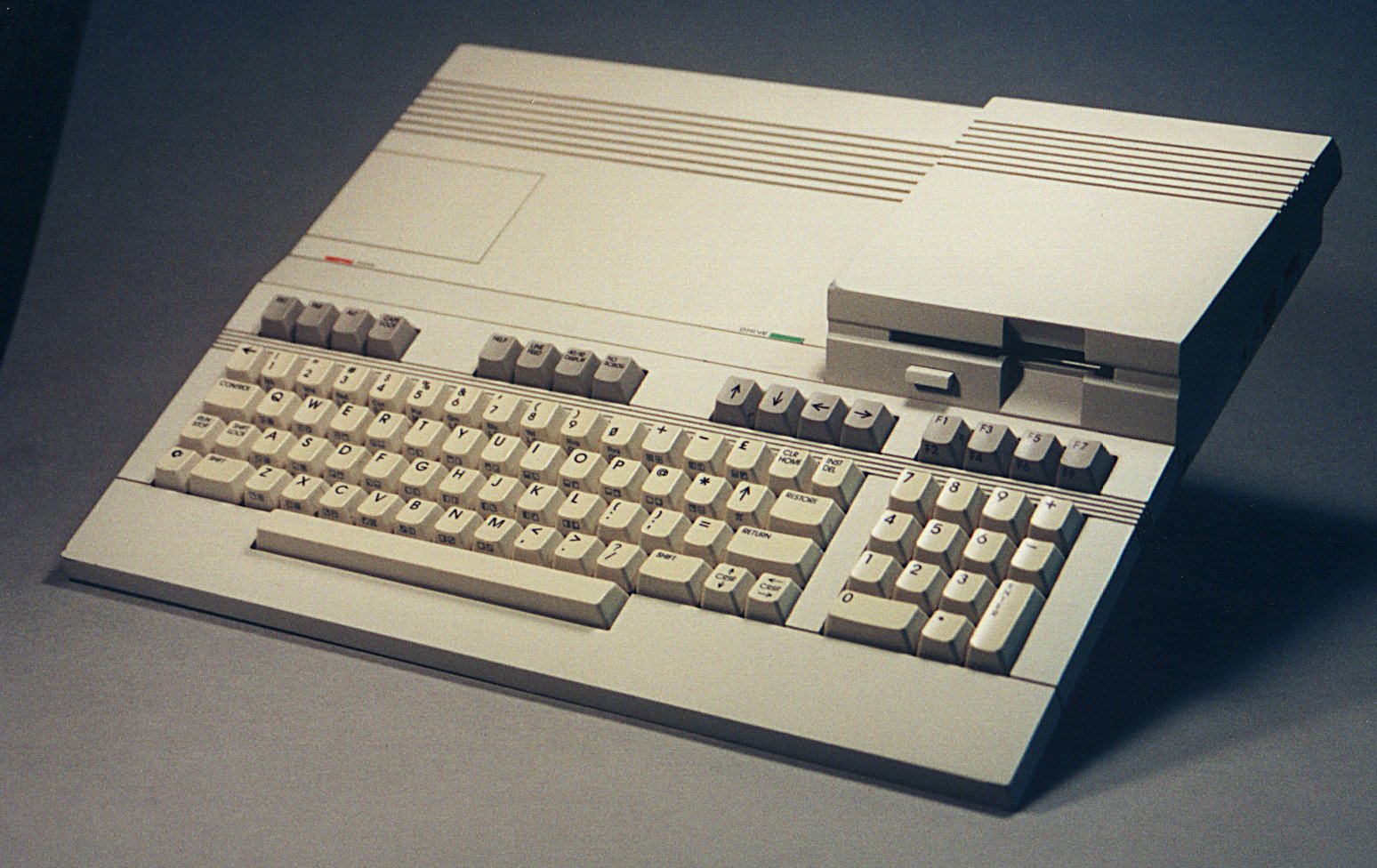
The second model had it mounted on the top-right corner.
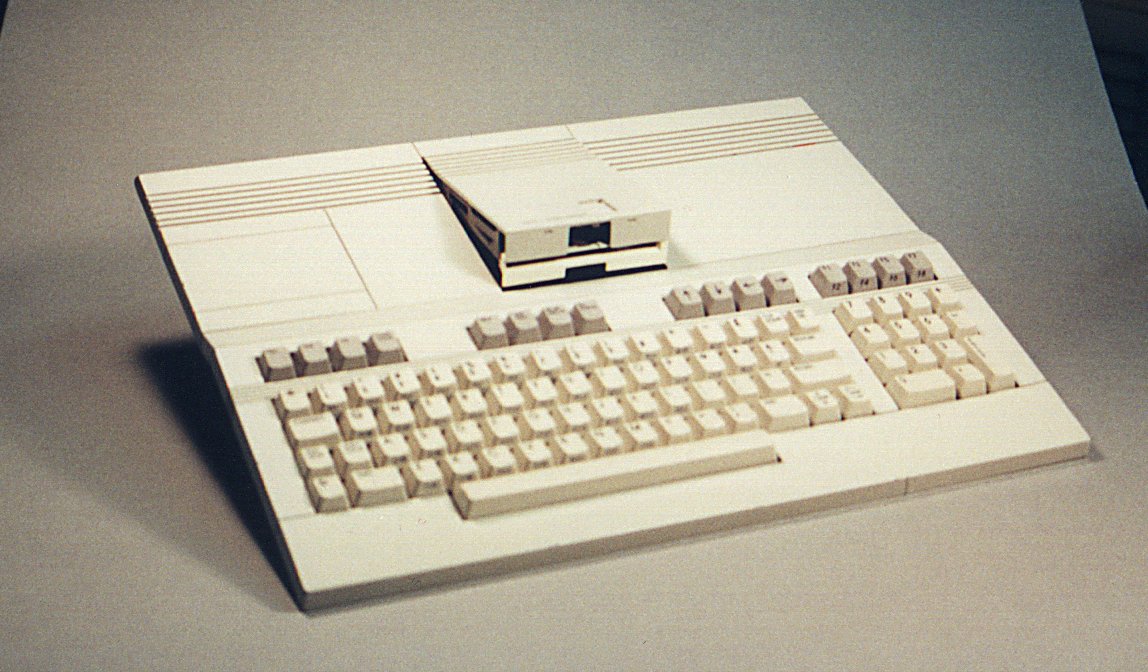
Finally it was built in the top-center which you could press in or out.

The final unit removes it so you could connect a normal 5.25" disk drive from the back (likely to reduce
manufacturing costs).
In mid-1985, during production of the 128, Commodore decided to extend the life of the powerful computer by making a descendent
that could appeal to the small business segment overtaken by IBM at the time. The Commodore 128D (D appropriately meaning
desktop) featured a built-in 1571 high density floppy drive in the front, and a keyboard that plugged into the machine like most
other desktop computers.

A kind of weird Commodore badge was placed on the front, which didn't match the one on the keyboard. Around
the time the 128D came out, Commodore released a disk drive of the 3 1/2" format called the 1581. The prototype had one built in,
hence the codename 128D/81. It also resembles the Amiga 1000 from the same time.
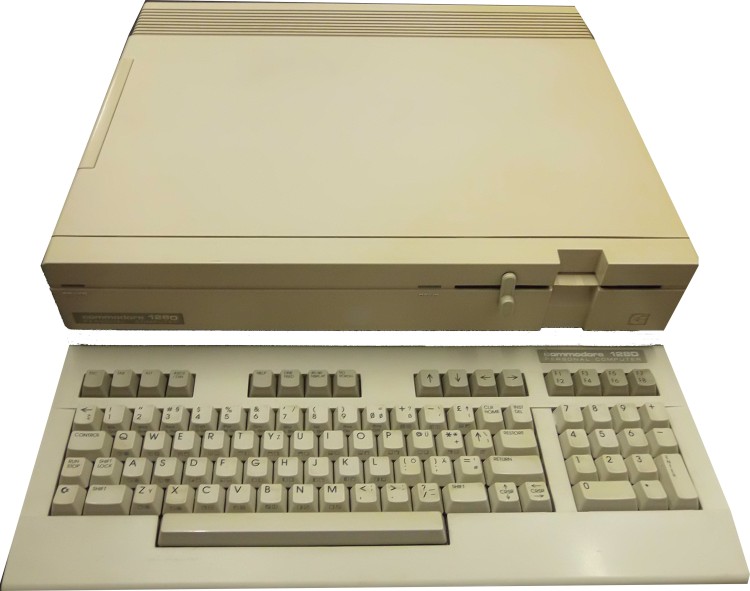
The weird Commodore badge was replaced with a Commodore 128D badge on the final machine, and it now has a
5.25" drive, the 1571, built in.

In the middle is the unreleased dual-1571 drive, called the 1572. Above it is an Amiga 500 and below it is a
128D. The 1572 was reported to have a proposed price of $375.95 and release in Summer 1985.










